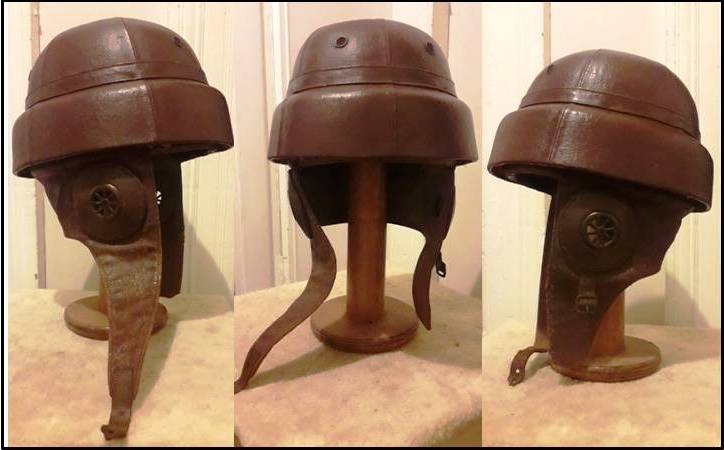 Figure 1. Contemporary documents point to Curtis’s 1916, 2nd patent the ‘Improved “Warren” Safety Helmet’ being the best candidate for the identity of the 1920-1924 RAF listed ‘Helmet, Aviation’ 22C/12. The term ‘Helmets, Aviation’ had been on RFC lists since 1914 and it would seem the term was even then applied to protective helmets of a similar type. The cork structure and the use of vent collets over the ears would imply these helmets were made in the same workshops as sun helmets (images courtesy of Judith Mclay). Continue reading
Figure 1. Contemporary documents point to Curtis’s 1916, 2nd patent the ‘Improved “Warren” Safety Helmet’ being the best candidate for the identity of the 1920-1924 RAF listed ‘Helmet, Aviation’ 22C/12. The term ‘Helmets, Aviation’ had been on RFC lists since 1914 and it would seem the term was even then applied to protective helmets of a similar type. The cork structure and the use of vent collets over the ears would imply these helmets were made in the same workshops as sun helmets (images courtesy of Judith Mclay). Continue reading
Category Archives: Goggles
British Desert Goggles: Khartoum to Tunis
Here the term ‘Desert Goggles’ is taken as those goggles which seem to have been issued to British Empire Troops specifically for use in desert campaigns in the late 19th to mid 20th Century. These goggles differ from the more ubiquitous; dust; general purpose; transport; tank; dispatch rider; mountain and snow goggles issued from mid-WWI by most nations, in being campaign specific. The three main goggle types discussed here were used in the Sudan (1882-98); the Mesopotamian (1914-18) and the North African (1940-43) campaigns respectively.
An Interesting Goggle Type
‘FOUR WAY’, ‘FOLDING LENS’ or ‘SPLIT LENS’ TYPE
1900s Motoring and Early World War I Flying Goggles, World War II Japanese Type 5 Dust Goggles, WWII Russian Tank Goggles, Chinese Tank Goggles, RAF Split Lens &etc.
This goggle type has its roots in France, with most references relating them to ‘early French types’. The earliest advertisement sighted for this kind is dated 1904. They may have been a development of the 19th century ‘Railway Spectacle’ with protective glass side panels (Fig. 3). They could be folded into a very compact shape and allowed good peripheral vision. Continue reading


